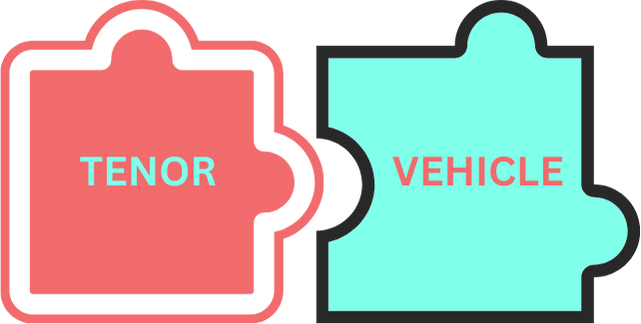3.2 Metaphors

Part 1: What are metaphors?
A metaphor is a way of comparing two different things by saying that one thing is actually the other. It helps us understand something better by comparing it to something else we’re familiar with.
He has a heart of stone
You’re not saying that his heart is literally made of stone. You’re saying he is unfeeling or unemotional, like a stone.
While metaphors are often used in poetry and literature, they are also common in everyday language. For instance, when someone says, “He broke my heart,” it doesn’t mean that their heart is literally broken into pieces; it’s a metaphorical way of expressing emotional pain or sadness.
“Time is money.” Here, time isn’t actually money, but we say it to mean that time is as valuable as money. It helps us understand the importance of not wasting time.

Part 2: Components of a metaphor
A metaphor generally has two parts:
- The Tenor: This is the subject of the metaphor. It’s the thing that we want to describe or understand better. For example, in the metaphor “Life is a journey”, ‘life’ is the tenor.
- The Vehicle: This is what we’re comparing the tenor to. It’s usually something more concrete or visual that helps us understand the tenor. In the metaphor “Life is a journey”, ‘journey’ is the vehicle.

Metaphor: “All the world’s a stage”
- Tenor: “All the world” – Here, we’re talking about life or society as a whole.
- Vehicle: “a stage” – We’re comparing the world to a stage to suggest that life is a performance, and we’re all playing parts.
Metaphor: “Her heart is a garden.”
- Tenor: “Her heart” – This is a metaphorical way of speaking about her emotions or spirit.
- Vehicle: “a garden” – The heart is compared to a garden to suggest it’s full of life, beauty, and emotion, just as a garden is full of plants and flowers.
Metaphor: “The classroom was a zoo.”
- Tenor: “The classroom” – The place where teaching and learning occur.
- Vehicle: “a zoo” – The classroom is compared to a zoo to indicate it was wild, loud, or chaotic, just as a zoo might be with many different animals.
Part 3: Implied Metaphors
Unlike direct metaphors, implied metaphors do not explicitly state that one thing is another. Instead, they imply or suggest the comparison, often in a more subtle or indirect manner. Implied metaphors often require a bit more thought to understand because the comparison is less obvious.
Let’s take the implied metaphor “He stormed into the room.” Here’s how we can break it down:
- The Tenor: This is the subject of the metaphor. In our example, the tenor is “he” or the person entering the room.
- The Vehicle: This is the object or concept to which the tenor is indirectly being compared. In the example, the vehicle is a “storm.”
So, we’re saying that “he” (tenor) is like a “storm” (vehicle), but we’re not explicitly stating it. We’re suggesting that he entered the room in a way that’s similar to how a storm behaves—maybe he entered suddenly, dramatically, or disruptively.
Remember, with implied metaphors, the vehicle often isn’t a concrete thing mentioned in the sentence but rather an associated concept or image that we infer based on the words used. It’s a more subtle comparison and may require more interpretation than a direct metaphor.
Activity 1: Identify the tenor and vehicle
Question 1: “My love is a red, red rose”
Tenor:
Vehicle:
Question 2: “His words cut deep.”
Tenor:
Vehicle:
Question 3: “Her job is a nightmare.”
Tenor:
Vehicle:
Question 4: “She is drowning in homework.”
Tenor:
Vehicle:
Question 5: “Her eyes are shining stars.”
Tenor:
Vehicle:
Question 6: “The rumor blossomed throughout the school.”
Tenor:
Vehicle:
